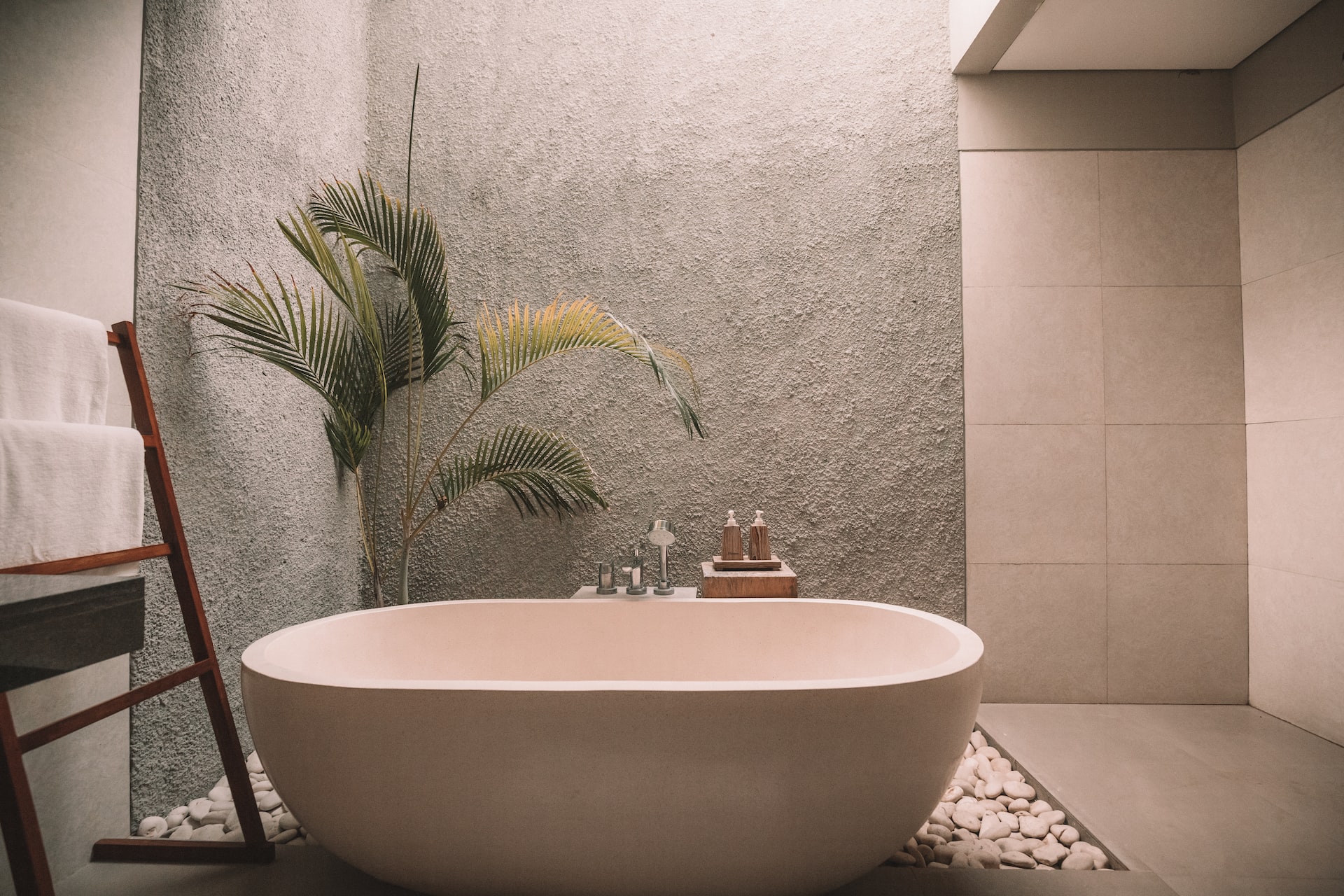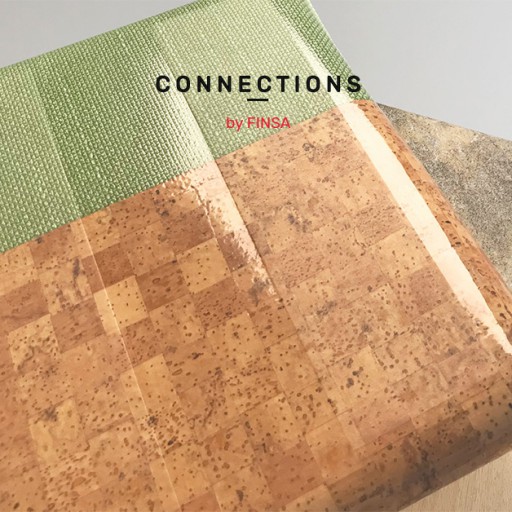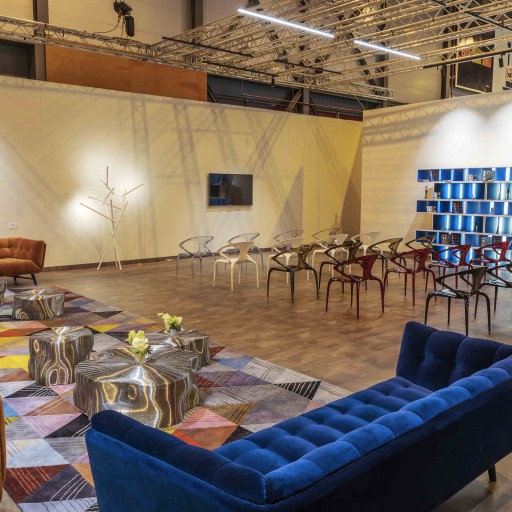Coco Chanel maintained a space that “was a natural projection of the soul”. All of us have our “own little corner” in the world, our very own room where we can just be or work on our hobbies.
This trend is all about creating these kinds of spaces in the home, something which was spurred on by the coronavirus pandemic, and with this, we have seen the rise of the living coach. Read on to find out what this profession is all about and three main things that someone in this role focuses on when it comes to interior design.

What is a living coach?
Those who work as living coaches see decoration as something more than just aesthetic. In fact, they delve much deeper, with the goal of connecting to our needs and our frustrations using habitat design. In other words, interior design is all about the person, rather than the product. This shifted focus requires a ‘training’ period during which the living coach suggests visualisation exercises to help them find out the purpose behind each design, using all five senses to do so.
According to Angela Baghino, a consultant who created her own method when faced with a lack of standardised training, “it’s all about combining technique and emotional assistance” .

Three keys to being a good living coach:
Applying this trend requires the following:
- Discover the purpose of the private refuge: is it a meditation room, a reading room, an exercise room, or maybe a rage room?
- Connect the space to objects that make the client feel good: stones, crystals, souvenirs, and good-luck charms are what living coaches prefer.
- Interior design: make sure it’s flooded with as much light as possible, use neutrals, and rely on the principles of biophilic design.
According to the WHO, we spend 21 hours a day inside buildings. Isn’t it time to pay attention to our wellbeing and how we feel when we are using them?
If you are interested in the application of wellbeing standards to interior design, make sure you read our post about WELL certification.




